Yamaha True X Surround 90A vs KEF XIO: which premium soundbar delivers the goods?
Yamaha's surround sound system is up against KEF's do-it-all soundbar. But which one deserves your cash?

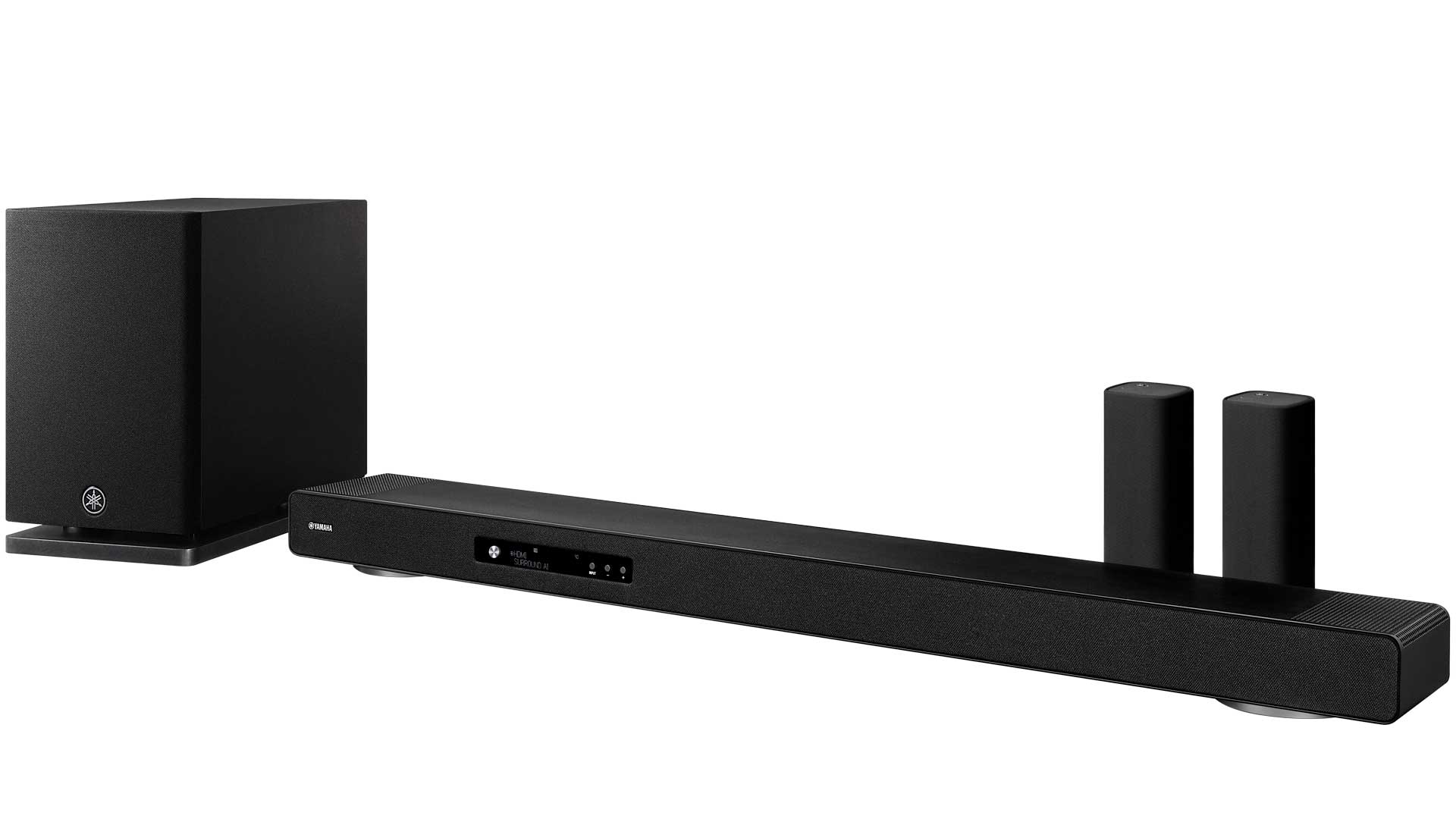
Connections: HDMI out (eARC), HDMI 2.0 in, optical, wi-fi, Bluetooth 5.0, AirPlay 2
ARC/eARC: eARC
Bluetooth: Yes
Dimensions (hwd): 8.5 x 118 x 14.3cm (soundbar)
Weight: 11kg (soundbar)
Yamaha's complete system includes a soundbar, wireless subwoofer, and two wireless surround speakers. The soundbar and sub deliver powerful, detailed sound with superb bass performance, but the surrounds hold the package back with a beamy delivery and tonal mismatch that creates gaps in the soundstage.
Pros
- Rich and powerful sound from the soundbar
- Well-controlled and dynamic subwoofer
- Music sounds detailed, well-timed and engaging
Cons
- Surround speakers are at odds with the rest of the system
- Large and heavy build won’t suit all set-ups
- Complex set-up menus and no auto-calibration
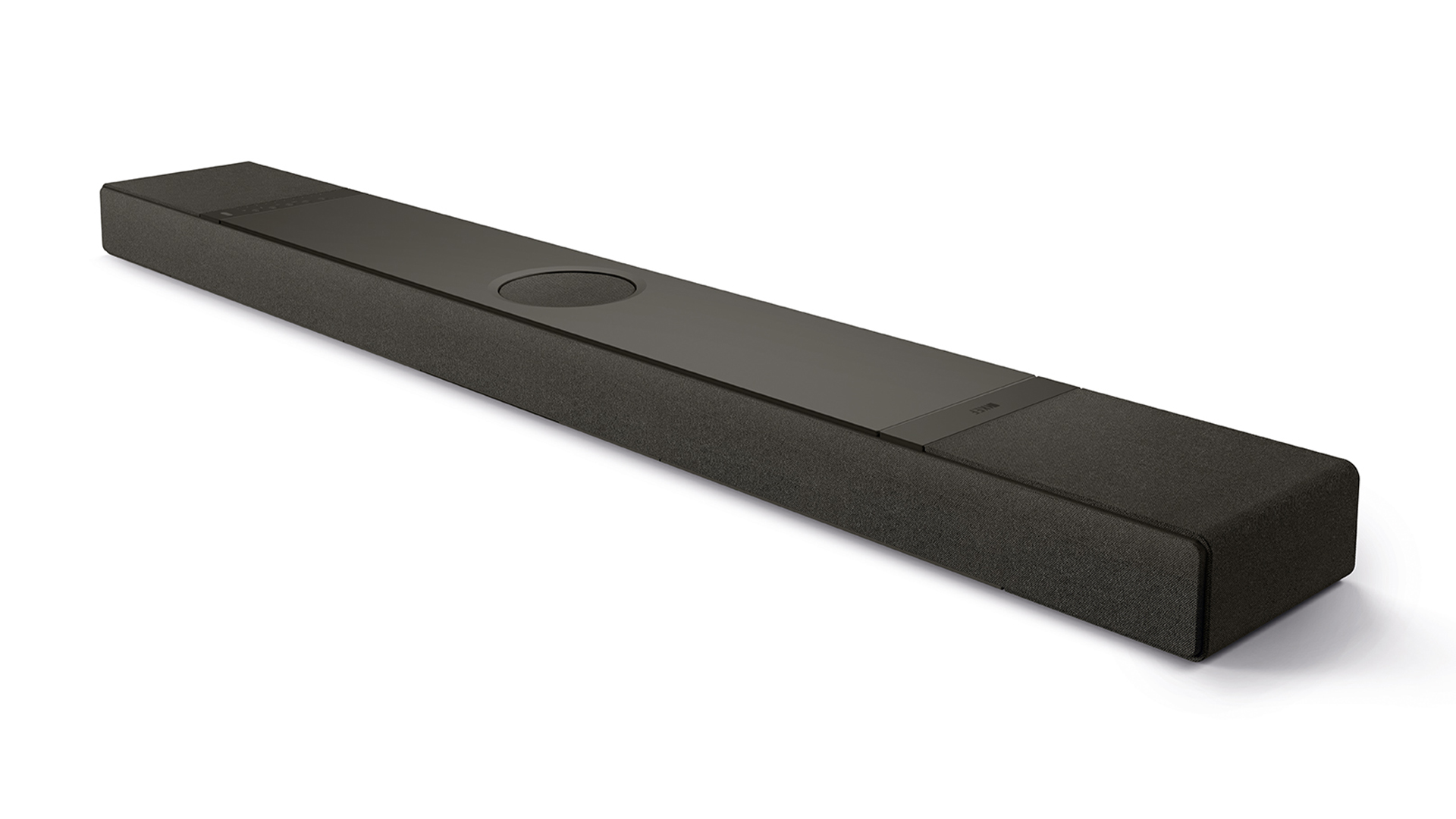
Connections: HDMI 2.1 eARC, Optical, USB
ARC/eARC: eARC
Bluetooth: Yes
Dimensions (hwd): 7 x 121 x 17cm
Weight: 10.5kg
KEF's first foray into soundbars delivers an impressively wide and immersive soundstage from a single unit. The XIO – a What Hi-Fi? 2025 Award winner – balances expressiveness with precision, creating a transparent and organised sound that works brilliantly for both films and music. Against the Yamaha's complete system approach, the KEF proves that a well-executed standalone soundbar can deliver more satisfying results than a package with weak links.
Pros
- Detailed, precise and exciting overall sound
- Tight and agile bass
- Excellent with movies and music
Cons
- No display
- No HDMI passthrough
Both offer ambitious approaches to high-end audio, but one package falls short of expectations while the other hits the mark.
If you’re on the hunt for one of the best soundbars, you might be eyeing up the Yamaha True X Surround 90A or KEF XIO - the latter earning five stars and a 2025 What Hi-Fi? Award.
In one corner, Yamaha offers a complete package approach – soundbar, wireless subwoofer, and two wireless surround speakers all included.
KEF, meanwhile, has taken its time entering the soundbar market, waiting until now to launch its first model. The XIO is a standalone unit that aims to function as a complete hi-fi system.
Both sit firmly in premium territory, competing against established rivals such as the Sennheiser Ambeo Soundbar Max. But which approach serves you better? We've put both through their paces to find out.
Yamaha True X Surround 90A vs KEF XIO: price

Both soundbars occupy premium territory, with the Yamaha True X Surround 90A system launching at $3500 / £2116 / AU$4499. The package includes not just the soundbar but also a wireless subwoofer and two wireless surround speakers. That represents serious money – but you are getting a complete package.
The KEF XIO has a launch price of $2500 / £1999 / AU$3600. That, on paper, seems like a more affordable option; but we are comparing a standalone unit against a full system.
The latest hi-fi, home cinema and tech news, reviews, buying advice and deals, direct to your inbox.
If you wanted to match the KEF's configuration more closely with the Yamaha, you would need to factor in the additional cost of an external subwoofer. KEF’s wireless KW2 RX sub adapter alone costs $160 / £149 / AU$280, onto which you need to add the cost of whichever sub you choose to partner it with.
Looking purely at the numbers, the KEF offers better value as a standalone unit, while the Yamaha provides everything you need in one purchase – assuming you want the complete surround sound experience. For this round, we're giving it to the KEF, whose lower price and Award-winning performance represent stronger value.
** Winner: KEF XIO **
Yamaha True X Surround 90A vs KEF XIO: design and build
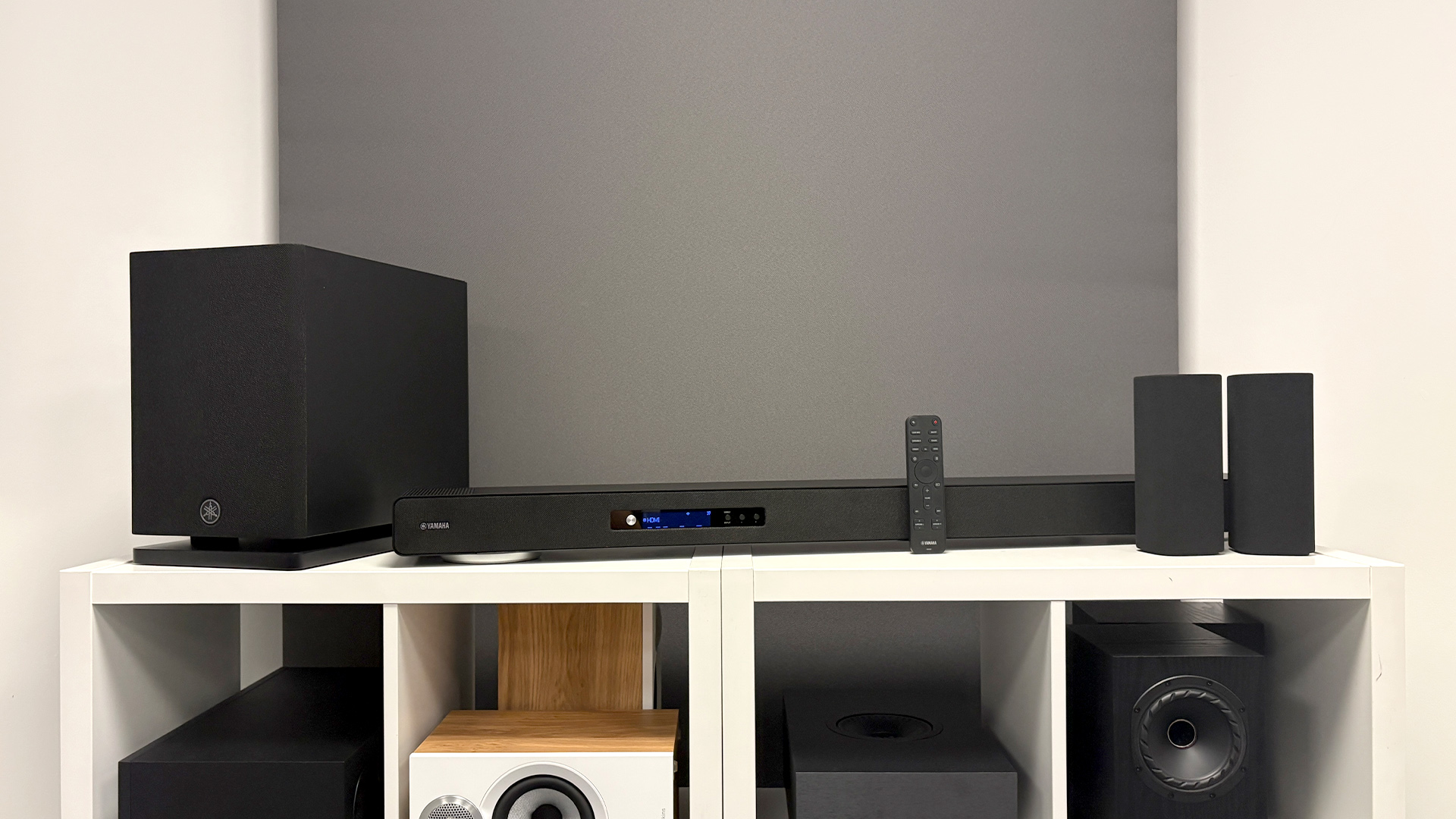
The Yamaha True X Surround 90A makes no apologies for its substantial presence. The main soundbar, constructed from a rigid metallic chassis supported by chunky resin feet designed to minimise cabinet vibrations, tips the scales at 11kg.
There's a fabric mesh fascia running along the front that adds some visual refinement, interrupted only by a small display and three interface buttons. The height is manageable enough to sit beneath most TVs without blocking the screen, though wall-mounting brackets are included if you prefer that option.
The surround speakers take a more compact approach, and are wrapped in grey fabric to blend in with their surroundings. They're wireless with included charging cradles, plus USB-C ports for wired charging. The subwoofer, however, goes in the other direction – it's a hefty black box weighing 12.7kg that demands dedicated floor space.
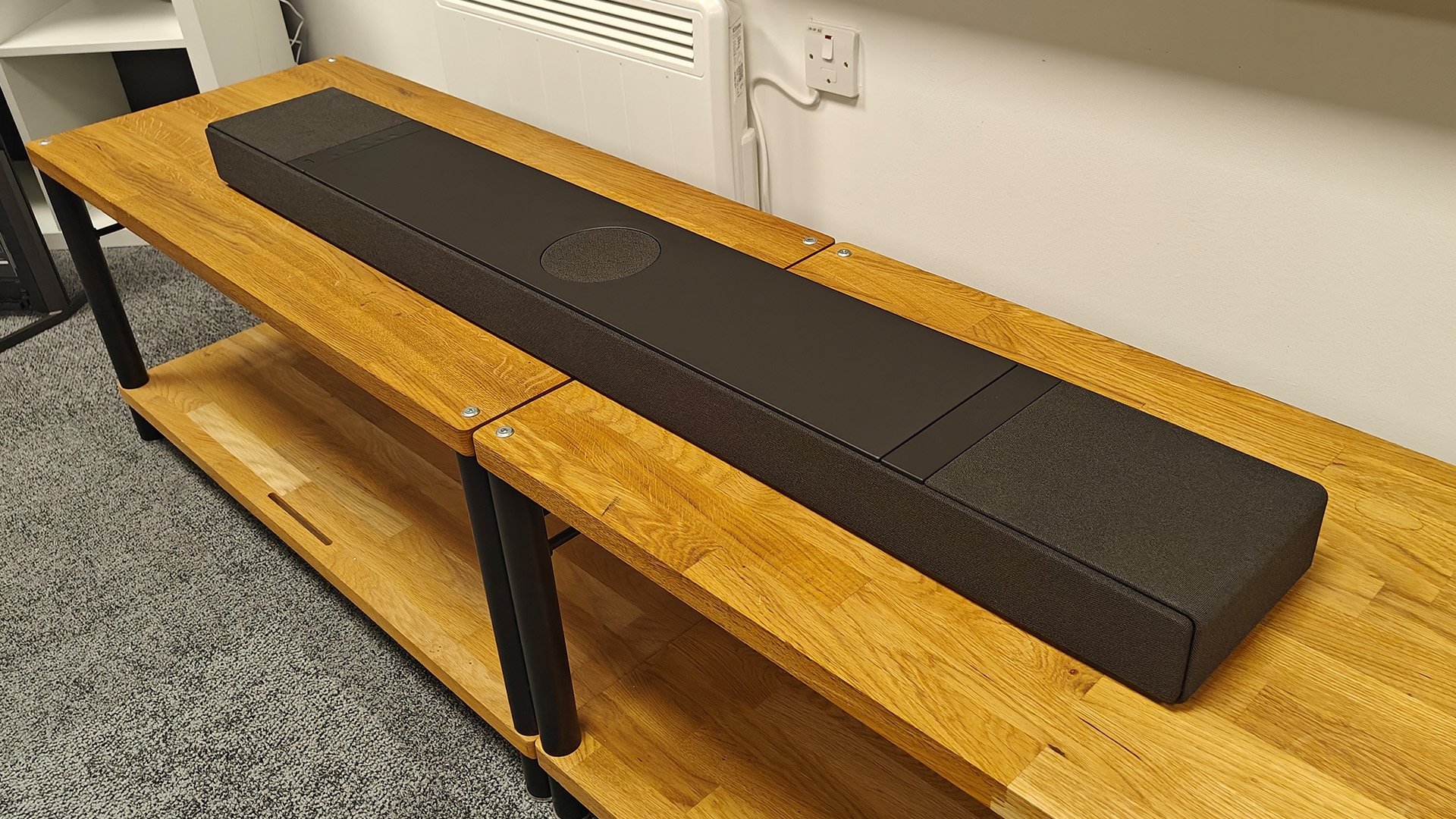
KEF's XIO presents a more streamlined approach. At 10.5kg, it's lighter than the Yamaha soundbar despite being slightly wider. The slim profile is actually remarkable, given the 12 drivers and four bass units crammed inside.
KEF offers black or silver finishes with cloth grille panels covering the ends, front, and back, creating a mature and premium appearance that should blend into most living spaces. Unlike the Yamaha, you get just the soundbar – no surrounds, no sub.
Both designs are well executed within their respective philosophies. The Yamaha gives you everything up-front but demands more space, while the KEF takes a minimalist approach that leaves expansion options open. On pure aesthetics and space efficiency, the KEF edges ahead with its slimmer, more refined design, but ultimately, it depends on the type of system you prefer.
** Winner: KEF XIO **
Yamaha True X Surround 90A vs KEF XIO: features
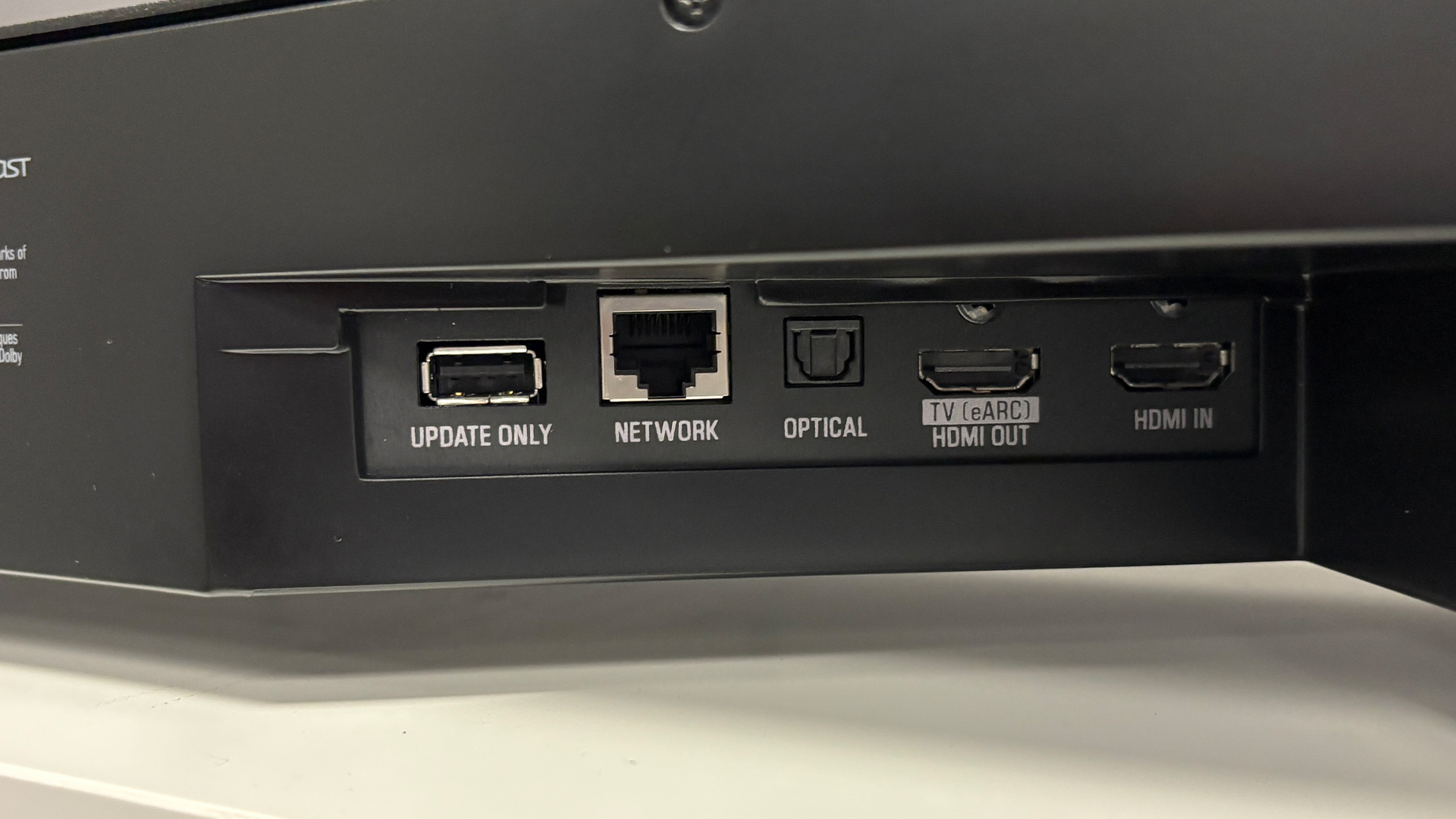
The Yamaha True X Surround 90A houses 19 drivers in the main soundbar alone. Four newly developed oval-shaped midrange drivers handle the bulk of the work – two in the centre, one at each end. They are supported by three dome tweeters.
But the real innovation sits on top: arrays of six beam-firing drivers at each end. They are derived from Yamaha's first soundbar back in 2005, and are angled to project sound upwards and bounce it off the ceiling and walls towards your seating position.
The surround speakers are simpler affairs with just two 58mm full-range drivers each, backed by passive radiators. The subwoofer employs an 18cm driver with Yamaha's new Symmetrical Flare Port technology, which apparently reduces port noise by 20dB.
KEF counters with 12 drive units in the XIO, including six Uni-Q MX drivers – a new take on KEF's signature design featuring a dual-diaphragm arrangement with mechanical crossover.
Three of these fire upwards for height effects (with the centre one active only when the bar is wall-mounted), while the remaining three face forward. Four rectangular P185 bass drivers are also arranged in opposing pairs to cancel vibrations.
These drivers incorporate P Flex surrounds and Velocity Control Technology with flexible PCBs to measure cone movement and compensate for errors. Two 50mm full-range drivers on the sides push the soundfield wider.
The Yamaha offers an HDMI eARC output and one HDMI 2.0 input with 4K passthrough – disappointingly not 4K/120Hz for gamers, though it does support Dolby Vision and HDR10+. There are also optical, USB (updates only), and ethernet sockets.
The KEF has HDMI 2.1 eARC, optical, and Bluetooth. Both are missing the multiple HDMI inputs that the Sennheiser Ambeo Soundbar Max provides (though those aren't HDMI 2.1 either), which would be useful at this price point.
Format support is comprehensive on both, at least. The Yamaha handles Dolby Atmos, DTS:X, and Auro 3-D, while the KEF covers Dolby Atmos, DTS:X, and Sony 360 Reality Audio.
Both offer wireless connectivity, including Bluetooth and AirPlay 2, with the Yamaha adding Yamaha MusicCast for streaming services such as Spotify, Amazon Music, Qobuz, and Deezer. The KEF matches most of these through its own app, including Tidal Connect and Spotify Connect.
Yamaha True X Surround 90A vs KEF XIO: sound

The KEF XIO earned five stars from us, while the Yamaha True X Surround 90A scored four – and that difference becomes clear when you compare them side by side.
Starting with the Yamaha True X Surround 90A, the combination of soundbar and subwoofer delivers a rich, weighty, and powerful cinematic sound that is immediately engaging. Playing the Harkonnen ambush sequence from Dune: Part Two, the system conveys drama and intensity with punchy, expressive characteristics.
Sword slashes land with clean assertion, sharp but never abrasive or thin. Dialogue comes through with superb clarity and authority, capturing the muffled effect of the characters' masks with precision.
The subwoofer is the star performer here – it produces tightly controlled yet powerful bass that refuses to distort even during Blade Runner 2049's notorious Chapter 2 sequence. The bass builds dynamically throughout that scene with superb timing, delivering Hans Zimmer's unsettling soundtrack with tuneful precision. It's among the best subs we have heard in a soundbar package.
But then the surrounds enter the picture, and unfortunately, they hold the entire system back. The forward-facing drivers create a rather beamy quality to their delivery, with a noticeable gap in the soundstage between them and the main bar.
They are also a tonal mismatch, lacking the weight and dynamics that would allow effects to pass seamlessly from front to back. Height effects from the Dolby Atmos content in Civil War show scale and presence, but they don't project far enough into the room to create that enveloping bubble of sound. The absence of up-firing drivers in the surrounds doesn't help matters.
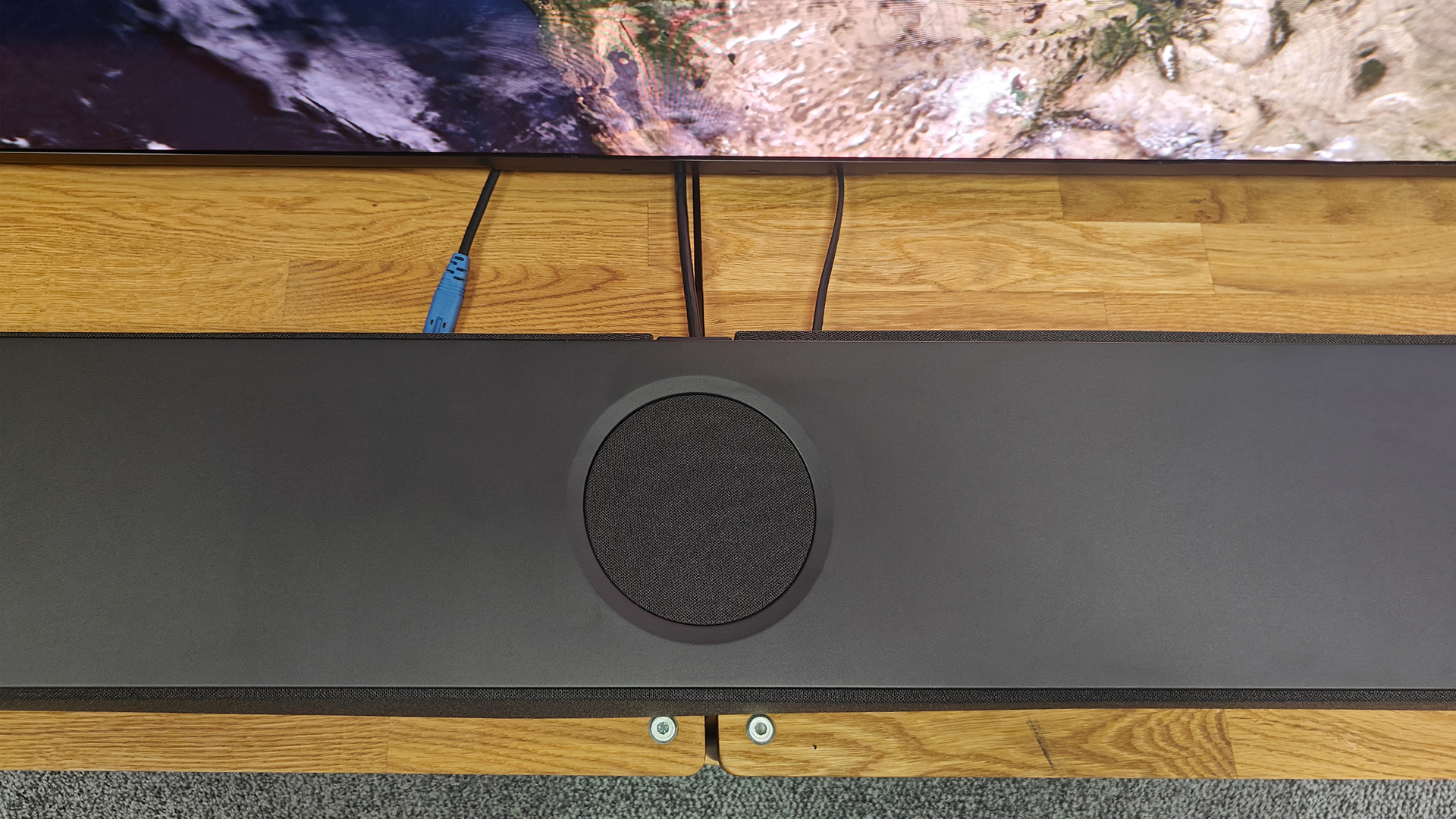
The KEF XIO takes a completely different approach, as a standalone unit – and it is remarkably effective. The soundbar creates an impressively wide and immersive soundstage that extends well beyond its physical boundaries.
Watching the rock-rising sequence from Labyrinth, the sounds surround the listener naturally while keeping each frequency clear and unmuddled. The sense of space feels expansive, which is no mean feat for a single soundbar.
During the John Wick 2 car chase, the KEF demonstrates superb precision. Engine notes feel textured, with proper rhythmic throb, yet they never overpower the lighter soundtrack elements.
When a car leaps over a bump and moves into the foreground, you can track the three-dimensional movement with pinpoint accuracy. The soundfield placement is genuinely impressive.
Comparing the two directly reveals distinct strengths. The Yamaha digs deeper in the bass and delivers a bigger overall sound thanks to its dedicated subwoofer, wrapping you in the soundfield more emphatically when everything works together.
The KEF, working as a standalone unit, demonstrates impressive clarity and precision in how it renders sounds, with an ability to reveal detail and nuance throughout the frequency range. It creates a transparent soundstage that gives strong insight into what's happening in the soundtrack.
The KEF's bass, while not reaching as deep as the Yamaha system's dedicated sub, is well controlled and articulated for a soundbar without an external subwoofer. If you want that extra low-end heft with the KEF, you can always add an external sub later.
For music, both excel beyond typical soundbar standards. The Yamaha delivers rich, powerful, and engaging sound with proper weight and dynamics.
The KEF operates as a proper hi-fi system wrapped in a soundbar chassis – precisely what KEF aimed for – with balanced, expressive delivery.
Testing with Aurora's Churchyard reveals smooth, powerful sound with proper rhythmic presence, while Bon Iver's From showcases decadent guitar textures and crisp vocal delivery. Radiohead's Codex demonstrates the KEF's ability to separate bass from midrange while maintaining natural vocal reproduction and picking out subtle production details such as the track's echoing effect.
Ultimately, the KEF delivers a more cohesive, refined, and accomplished performance from a single unit.
The Yamaha's surrounds, rather than enhancing the experience, actually detract from what the soundbar and subwoofer achieve on their own. You could run the Yamaha without the surrounds, but that feels wasteful, given that they are included in the package.
** Winner: KEF XIO **
Yamaha True X Surround 90A vs KEF XIO: verdict

The Yamaha True X Surround 90A should be brilliant – the soundbar and subwoofer combination produces powerful, detailed, tuneful sound with exceptional bass performance. But the wireless surround speakers simply aren't up to scratch, creating tonal mismatches and gaps in the soundstage that take away from rather than add to the overall experience.
The KEF XIO, by contrast, knows exactly what it wants to be: a high-end soundbar that can serve as a complete hi-fi system.
It achieves this with aplomb, delivering transparent, precise, and organised sound with an impressively wide soundstage. The lack of multiple HDMI inputs is frustrating for some, but this doesn’t undermine what is ultimately one of the best soundbars we've ever tested – hence its What Hi-Fi? 2025 Award.
If you absolutely must have a complete system with surrounds and sub right out of the box, the Yamaha offers that convenience – though you will need to accept its compromises. But for most people seeking exceptional sound quality from a premium soundbar, the KEF XIO represents the smarter investment.
It costs less, sounds better as a cohesive unit, and gives you the flexibility to add a subwoofer later if you want that extra bass depth.
** Overall Winner: KEF XIO **
MORE
Check out the best Dolby Atmos soundbars
Read our Yamaha True X Surround 90A review

You must confirm your public display name before commenting
Please logout and then login again, you will then be prompted to enter your display name.
